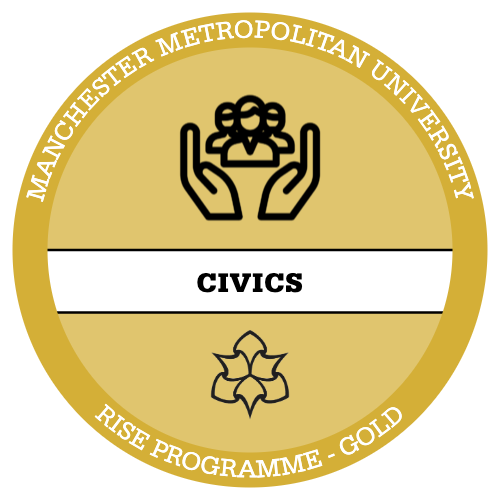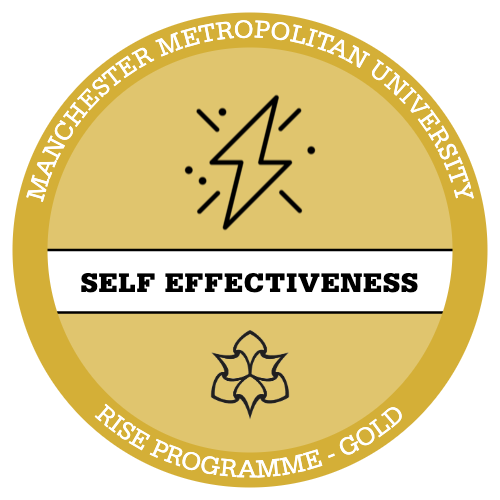Introduce
We have explored the importance of self-care and how best to manage stress. However, it is clear that organisations have a responsibility to prioritise staff wellbeing and build the professional resilience of individuals and teams. This creates mentally healthy cultures where staff feel supported and are able to bring their whole selves to work.
Everymind at Work, have created ‘The 3 Pillars to Improve Workplace Mental Wellbeing’ which you can see in the image below. To transform employee wellbeing, they believe that organisations need to implement a wellbeing strategy that is broken down into three key pillars: Promote, Provide and Protect; each informed by the unique needs of the organisation and its employees to have a meaningful and long-lasting impact on employee wellbeing.

Image source: Everymind at Work
Develop
The document below outlines how you might use annual wellbeing surveys to better understand how staff are feeling and what is having the greatest impact on their mental health. This took allows you to explore how best to create a mentally healthy culture by supporting and equipping staff. These ideas could also be applied to other settings.
Let’s go back to Nicol Mere School in Wigan, to hear how they are creating a culture that prioritises staff wellbeing:
Reflect
Apply Your Thinking: We have acknowledged the importance of mentally healthy cultures where staff wellbeing is prioritised and professional resilience is built and supported. A wellbeing strategy can help organisations and teams to respond to specific challenges and commit to a tailored approach to focus on staff wellbeing.
Take some time to create your own wellbeing strategy for a place where you work or imagine what might be helpful for a setting where professionals are supporting young children and their families. To get you started, Education Support has a template for a wellbeing plan and the National Day Nurseries Association has created a staff wellbeing policy template, which is available to download for free.






